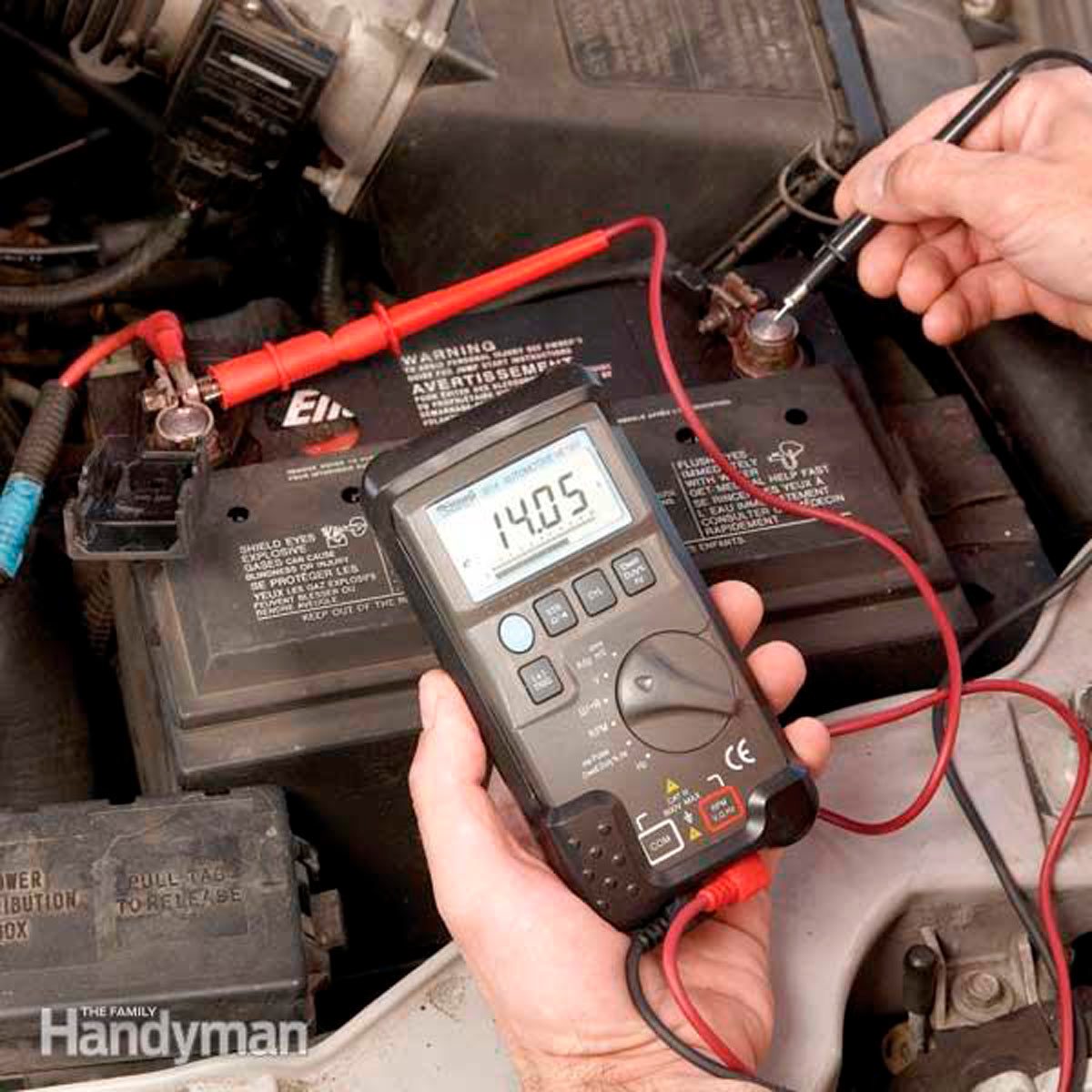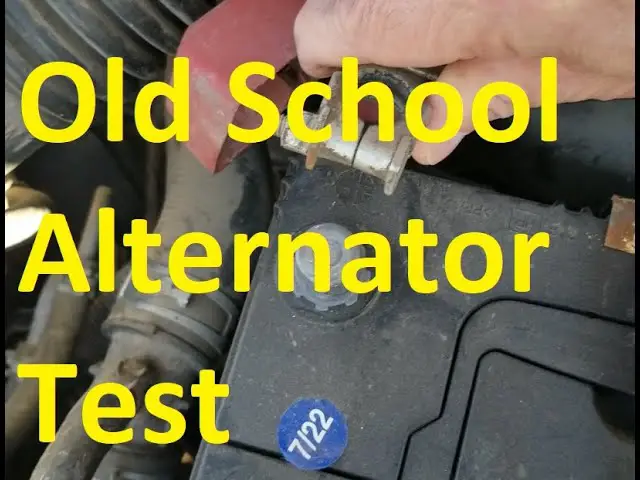The alternator is a key part of your car. It keeps the battery charged and powers the car’s electrical systems. If the alternator fails, the car won’t run for long. Normally, you would use a voltmeter to test the alternator. But what if you don’t have one? Don’t worry! You can still check the alternator without a voltmeter. Let’s learn how!

Credit: m.youtube.com
Why Test Your Alternator?
Testing your alternator is very important. It ensures your car battery stays charged. If the alternator is bad, the car might stop running. You don’t want that to happen, right? So, let’s look at some easy ways to test it.
Signs of a Bad Alternator
Before we test, let’s look at some signs of a bad alternator:
- Dim or flickering headlights
- Weak or dead battery
- Strange noises from the engine
- Warning light on the dashboard
If you see any of these signs, it might mean the alternator is bad. Now, let’s see how to test it without a voltmeter.
Step-by-Step Guide to Test an Alternator Without a Voltmeter
Step 1: Check The Battery
First, make sure the battery is fully charged. If the battery is weak, the test won’t work well. You can charge the battery using a battery charger. Once the battery is charged, you can move to the next step.
Step 2: Start The Engine
Start the car’s engine. Let it run for a few minutes. This helps to warm up the engine and the alternator.
Step 3: Turn On Electrical Devices
Turn on the headlights, radio, and air conditioner. These devices use a lot of electricity. If the alternator is working well, it should handle this load easily.
Step 4: Observe The Headlights
Look at the headlights. Are they dim or flickering? If yes, the alternator might be bad. If the lights stay bright and steady, the alternator is likely good.
Step 5: Rev The Engine
Now, rev the engine a bit. Watch the headlights while doing this. If the lights get brighter, the alternator is working. If they stay dim, the alternator might be failing.
Step 6: Listen For Strange Noises
Turn off the radio and air conditioner. Listen to the engine. Do you hear strange noises? A bad alternator can make a whining or grinding sound. If you hear this, the alternator might need fixing.
Other Ways to Test the Alternator
Using A Screwdriver
Another way to test the alternator is with a screwdriver. Here’s how:
- Start the engine.
- Take a metal screwdriver.
- Place the tip near the alternator’s pulley.
- If the screwdriver is pulled toward the pulley, the alternator is working. This shows it is creating a magnetic field.
Using A Multimeter (if Available)
If you have a multimeter, you can use it to test the alternator. Here’s a quick guide:
- Set the multimeter to DC voltage.
- Connect the red lead to the battery’s positive terminal.
- Connect the black lead to the battery’s negative terminal.
- Check the reading. A good alternator should show around 13.5 to 14.5 volts when the engine is running.
What to Do If the Alternator Is Bad
If you find out the alternator is bad, don’t worry. Here are some steps to follow:
- Turn off the engine.
- Disconnect the battery to avoid any shocks.
- Consult a mechanic. They can replace or fix the alternator for you.
Preventive Measures
To avoid alternator issues, follow these tips:
- Check the alternator belt regularly. Make sure it’s tight and in good condition.
- Keep the battery terminals clean. Dirty terminals can cause charging problems.
- Have regular car check-ups. A mechanic can spot problems before they get worse.

Credit: www.familyhandyman.com
Frequently Asked Questions
How Can I Test An Alternator Manually?
You can test an alternator by listening for unusual noises and checking the dashboard battery light.
What Are The Signs Of A Bad Alternator?
Dim lights, battery warning light, and electrical issues indicate a failing alternator.
Can A Bad Alternator Drain The Battery?
Yes, a malfunctioning alternator can drain the battery by not charging it properly.
How To Check Alternator Without Tools?
Listen for strange noises, check dashboard lights, and inspect the serpentine belt.
Conclusion
Testing an alternator without a voltmeter is simple. Follow the steps above to check if your alternator is working. Remember to keep an eye on the signs of a bad alternator. If you find any issues, consult a mechanic right away. Keeping your alternator in good shape ensures your car runs smoothly. Stay safe and happy driving!


Leave a Reply